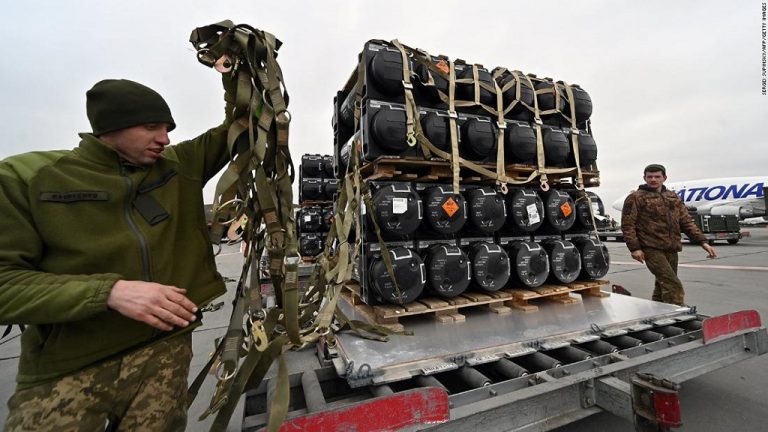As if the accumulated lethal capacity were not enough, the NATO corroborated the armament drive, which for many analysts points to the expansion of another Cold War, with notable differences from the previous one, and probably much longer and harder than the one waged from 1945 to 1991.
“The current conflict includes more actors, making it more complex and less predictable,” researcher Mariano Aguirre underscored in his book “Cold War 2.0 Keys to Understanding the New International Politics.”
According to NATO Secretary General Jens Stoltenberg, the deals inked on Tuesday will secure “hundreds of thousands” of 155-millimeter artillery shells to replenish the allied countries’ stockpiles and continue supplies to Ukraine.
The orders “have an estimated delivery time of around 24 and 36 months,” the official noted at a press conference, along with the Director General of the NATO Support and Procurement Agency Stacy Cummings.
Since the adoption of the current NATO plan in July 2023, the organization has penned contracts worth some 10 billion dollars for the acquisition of projectiles, ammunition and missile systems, among other means, he announced.
Stoltenberg noted, “This is an important boost to our transatlantic defense industry, helping us meet our own security needs while continuing to provide vital support to Ukraine” in its conflict with Russia.
jg/omr/mem/mjm










